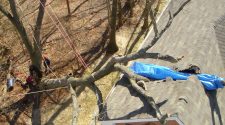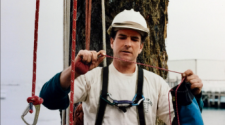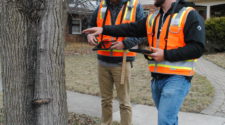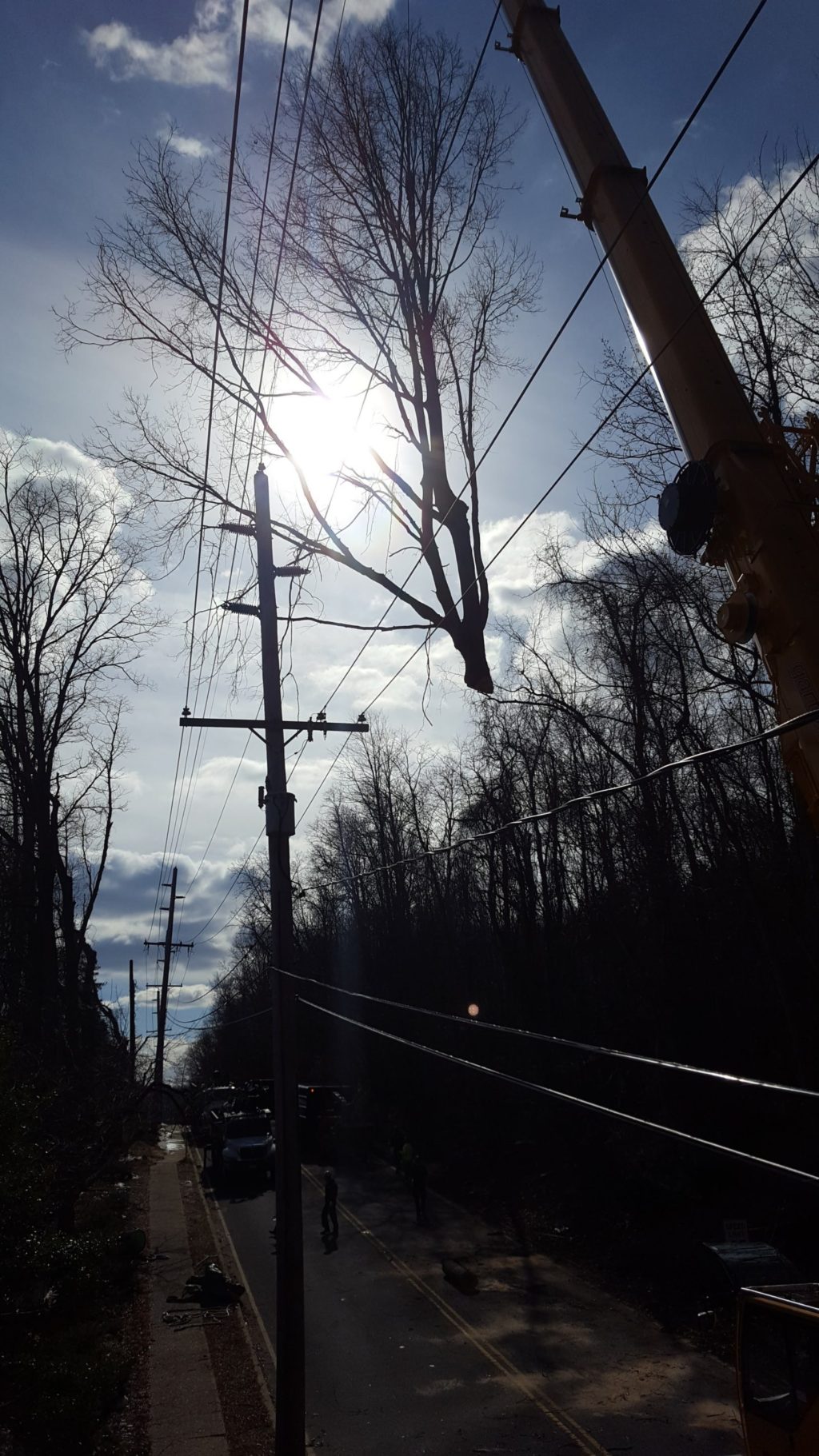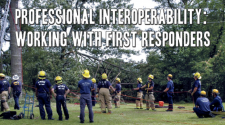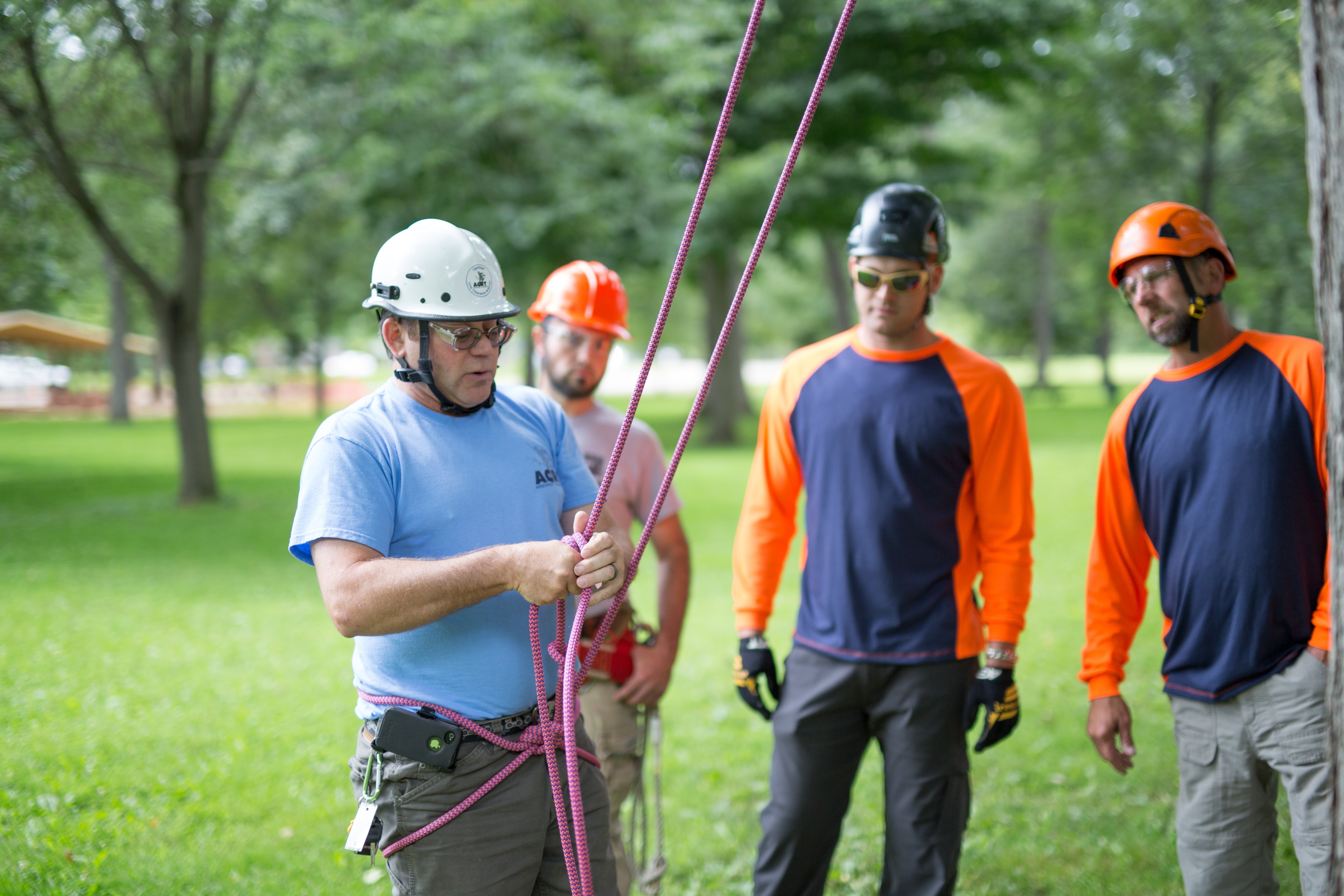- By-Peter Vergote
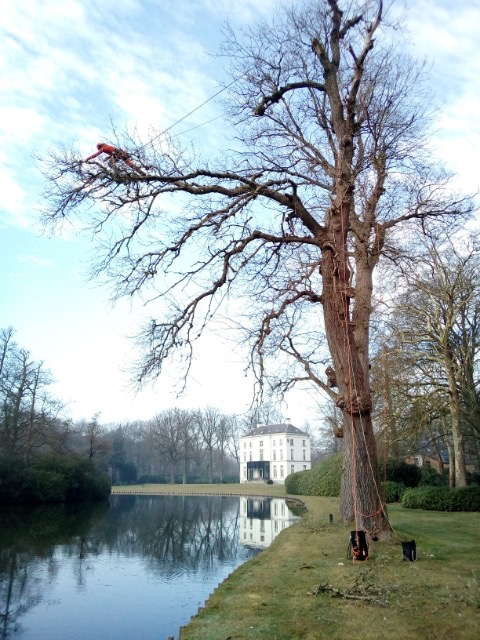
The reason for this article goes back more than 10 years, when my mate Jo Van Bouwel
and I started as instructors in tree climbing courses. We got a little frustrated by the
behavior of some of the students. They would think different shoes or pants would
make them better climbers. In my opinion this makes no difference. When you
understand the way of climbing, you can climb with all shoes, or even with no shoes at
all.
From that moment on we tried to analyze what really matters in tree climbing. What
makes the difference between struggling or ‘flying’ through the tree? How can you make
it look easy? Difficult questions with no clear answer because there is no magic trick! In
the end it all comes to dedication and hard work. From Beranek’s ‘Fundamentals of
general tree work’ we learned that a person can learn how to climb a tree in a relatively
short length of time, but learning how to work in trees takes much more time and is a
never ending learning process.
All of this said, I will give you my analysis of what I think can make a difference and I
came up with the following principles.
Plan you climb, climb your plan
Before you start, you have to take a close look at the tree you need to work in. Think of
and look at possible anchor points, … which techniques are you going to use … and
therefor which material do you need. This may sound logical, but I have seen different
several times.
Choose the routes and make an efficient order of zones in the canopy. Be flexible and rethink or re-plan if necessary. This planning will save the waste of energy, both mental
and physical.
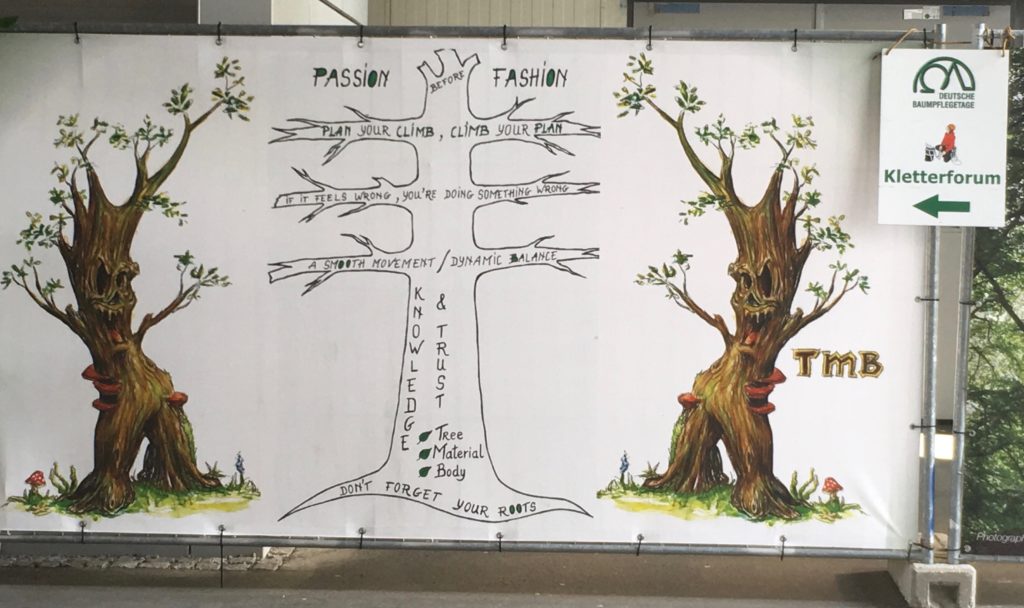
If it feels wrong, you are doing something wrong
When you feel uncomfortable or when you are fighting to reach the point you need to
work: stop, sit back, ‘relax’, overlook the situation and search for a solution. Maybe you
have to change the working plan, find a higher suitable anchor point or an extra
anchor point…
A good work position, every time, not overstretched, will make huge difference in the
end. The sum of these moments will help you through the day, through the week,
through the felling season, through your whole career.
Sometimes weather conditions are making you feel uncomfortable, there is no shame in
stopping to come back in better conditions. ‘That will be all right’ is not a good attitude in
tree care.
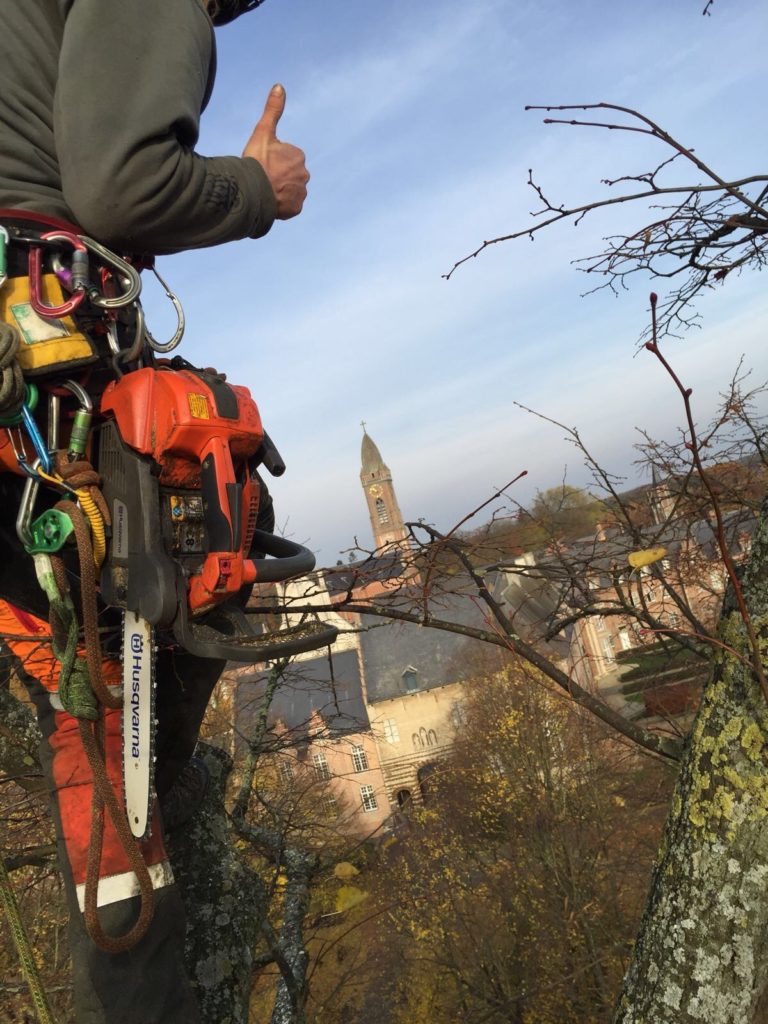
Smooth movement and dynamic balance
For this principle you may take a look at our far ancestors, the apes. For example orangutans travel for miles through canopies and trees without touching the ground, and
most of all without ropes. They use their balance to lean on a branch so it moves and
they can grab the next one. They don’t make one move too much. They have an excellent
balance and this is what we need to learn or regain. The key point in balance goes
beyond equipment and techniques. You might compare branch-walking with riding a bicycle: You need a certain speed to easily hold your balance. When you slow down or stand still it is much harder not to fall
over.
Knowledge and trust
This is the base of the previous principles in three key-area’s: the tree, the material and
yourself (your mind and body).
Knowledge about the tree makes you able to choose a suitable and safe anchor point,
where you can trust your life upon. Without trusting your anchor point and thus your
tree, you can’t do a proper climb.
The knowledge of your gear means that your equipment is ‘Fit for purpose’. It is
designed for what you use it for and the components are compatible. As with the tree,
you can’t do a proper climb without trusting your climbing system.
Knowing yourself is maybe THE key point in tree climbing. Know your abilities and
most of all your restrictions. Know your experience level and your limits. Go for a big
toolbox of techniques and gear and use the ones you feel comfortable with on that
particular moment on that particular tree.
Again ‘That will be alright’ is not a good attitude!
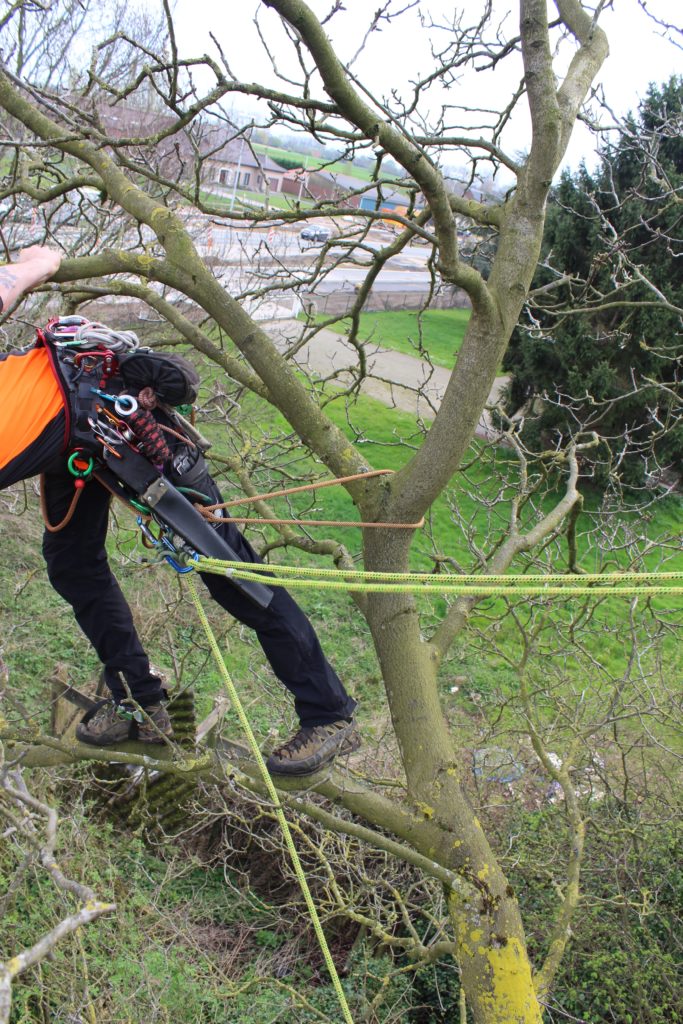
Don’t forget your roots
The world is in constant evolution, and so is tree care. In particular the climbing gear and
techniques. A climber who is still climbing ‘double loop’ will be called old fashioned. But
I believe it is still good to know these methods in order to understand and appreciate the
new ones better and to help you find a good balance. Sometimes an extra anchor point
will make it easier to have a good work position and to make the perfect cut.
Constant change is a good thing, as long as we evaluate the changes regularly and be
critical. Taking a step back can sometimes help you to make a jump forward, without
cutting corners on safety.
Every passionate arborist wants to continue to climb and work in trees until they retire,
at least that is my dream! Therefor we need to stay safe and know what we are doing.
Climbing trees is our way to go to work, the focus is on the work we do on and in the
trees. The better the climbing goes, the more we can focus on the job itself. We are
arborists, we care for trees, and so we strive for perfection in order to come close to it.



